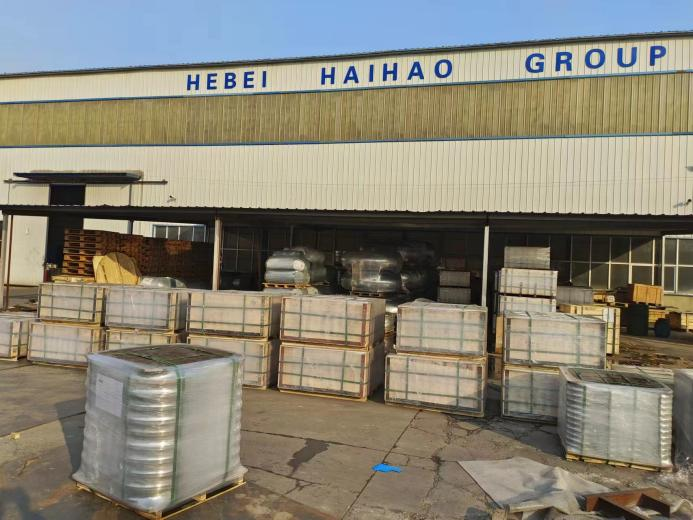Essential measures to prevent cold cracking
Cold cracking poses a significant threat, often resulting in catastrophic consequences. While only a small fraction of pressure vessel accidents worldwide are due to design flaws or improper material selection, the vast majority are caused by brittle fractures resulting from cracks.
Characteristics of Cold Cracking:
1.Occurs at relatively low temperatures, typically some time after welding, hence referred to as delayed cracking.
2.Primarily found in the heat-affected zone (HAZ) but can also occur in the weld metal.
3.Cold cracking may manifest as transgranular, intergranular, or a combination of both.
4.Failure induced by cold cracking is characterized by typical brittle fracture.
Factors Contributing to Cold Cracking:
1.Hydrogen content,
2.Susceptible (brittle) microstructure,
3.Restrained stresses.
The conditions conducive to cold cracking, especially near the weld root and toe positions in the heat-affected zone, readily satisfy these three criteria, making these areas prone to cold cracking.
Preventive Measures Against Cold Cracking:
Reducing Hydrogen Content: Utilize low-hydrogen welding consumables, thoroughly clean the welding area of oil, rust, scale, hydrogen-bearing impurities, and other contaminants before welding.
Reducing Hardness (Hard Phase Structure): Choose welding materials containing a higher proportion of low-hardenability alloying elements. Design welding processes to avoid rapid cooling, increase preheating temperature, employ post-weld heat treatment, ensure interpass temperature is not lower than the preheat temperature, and adhere to appropriate welding specifications to prevent the formation of hardened microstructures in the weld.
Reducing Restrained Stresses:
1.Thoroughly clean the welding area of oil, rust, scale, hydrogen-bearing impurities, and other contaminants before welding. Preheating before welding can also help reduce welding stresses and consequently minimize cold cracking.
2.Timely post-weld hydrogen removal treatment. Heat the entire or partial weldment to 350-400°C and hold it at this temperature to relieve stresses, followed by controlled cooling.
3.Design of weld sequence and joint shape.

